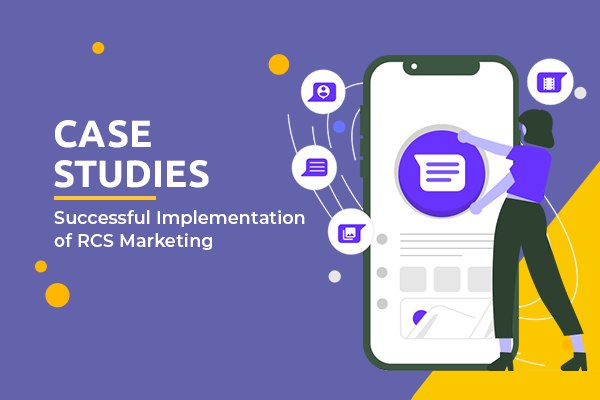The Art of Storytelling in Content Marketing: Engaging & Inspiring Your Audience
- July 26, 2023
- Content Marketing, Digital Marketing, Search Engine Optimization, SEO
In the world of content marketing, storytelling has emerged as a powerful tool to captivate and engage audiences. By leveraging the art of storytelling, brands can create compelling narratives that resonate with their target audience on a deeper level. In this blog post, we will explore the significance of storytelling in content marketing and provide you with effective techniques to engage and inspire your audience. From creating relatable characters to incorporating emotions, crafting captivating plots, and leveraging visual elements, we’ll uncover the secrets of mastering the art of storytelling in content marketing.
- Understanding the Power of Storytelling: Storytelling taps into the fundamental human desire for narratives and emotional connections. Stories have the ability to engage, entertain, educate, and inspire. Understand the power of storytelling and how it can help you communicate your brand’s message in a memorable and impactful way.
- Defining Your Brand Story: Every brand has a unique story to tell. Define your brand story by understanding its values, purpose, and the problem it aims to solve. Craft a compelling narrative that aligns with your target audience’s aspirations, challenges, and desires. This will create a strong foundation for your content marketing efforts.
- Creating Relatable Characters: Characters are the heart of any story. Develop relatable characters that your audience can connect with emotionally. Consider their background, goals, challenges, and how your brand can help them overcome obstacles. By creating characters that resonate with your audience, you’ll deepen their engagement with your content.
- Incorporating Emotions: Emotions are powerful triggers in storytelling. Incorporate emotions in your content to evoke empathy, excitement, or inspiration. Connect with your audience on an emotional level by sharing relatable experiences, personal stories, or anecdotes. Emotional storytelling can foster a sense of connection and drive action.
- Crafting a Captivating Plot: A well-crafted plot keeps your audience hooked and eager for more. Develop a narrative arc that engages your audience from the beginning and builds anticipation. Introduce conflict, challenges, and resolutions that align with your brand’s message. Keep the story dynamic, with compelling twists and turns.
- Leveraging Visual Elements: Visual elements enhance storytelling and make your content more engaging. Incorporate visually appealing graphics, images, videos, or infographics that complement your narrative. Visuals can help evoke emotions, illustrate key points, and enhance the overall storytelling experience.
- Tailoring Content to Different Platforms: Different content platforms have unique storytelling opportunities. Tailor your content to each platform to maximize its impact. Create engaging blog posts, captivating videos, visually appealing social media posts, or interactive experiences. Adapt your storytelling techniques to suit the medium and preferences of your target audience.
- Encouraging User-Generated Stories: Invite your audience to be a part of the storytelling process by encouraging user-generated stories. Ask them to share their experiences, success stories, or testimonials related to your brand. Incorporate these stories into your content to add authenticity and strengthen the connection with your audience.
- Measuring and Iterating: Measure the impact of your storytelling efforts by analyzing metrics such as engagement, conversions, and audience feedback. Learn from the data to refine your storytelling approach and iterate on your content strategy. Continuously test and optimize your stories to drive better results.
Conclusion: Storytelling is a powerful tool in content marketing that can engage and inspire your audience. By understanding the power of storytelling, defining your brand story, creating relatable characters, incorporating emotions, crafting captivating plots, leveraging visual elements, tailoring content to different platforms, encouraging user-generated stories, and measuring your impact, you can master the art of storytelling and create impactful content that drives meaningful connections with your audience.









